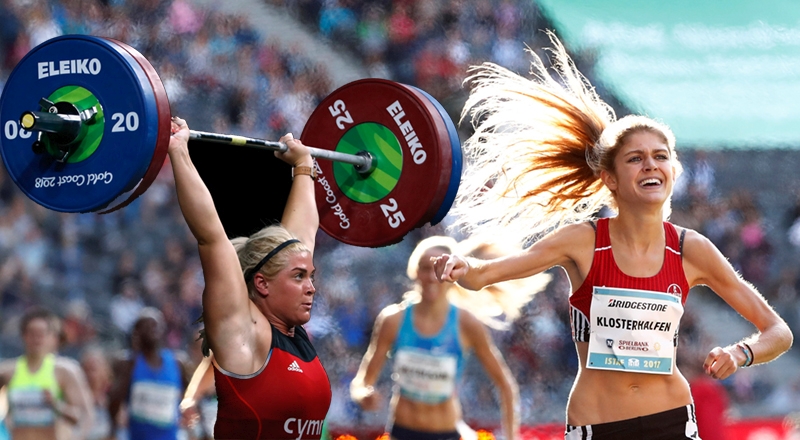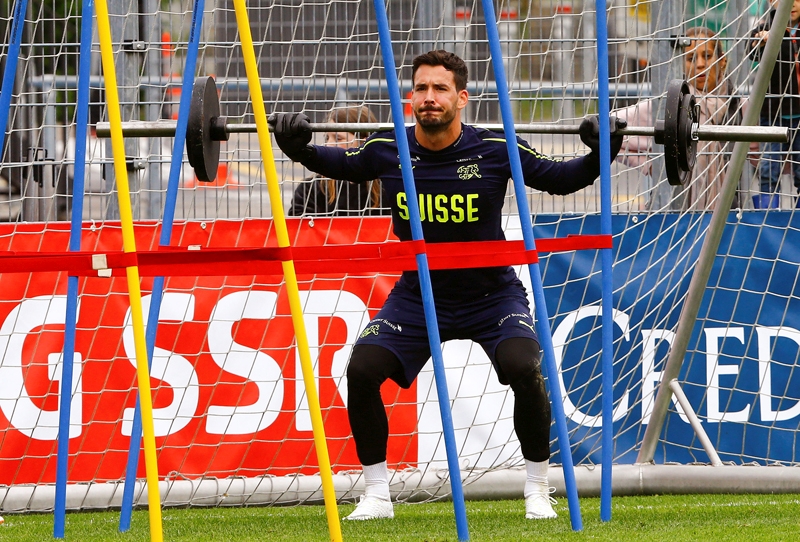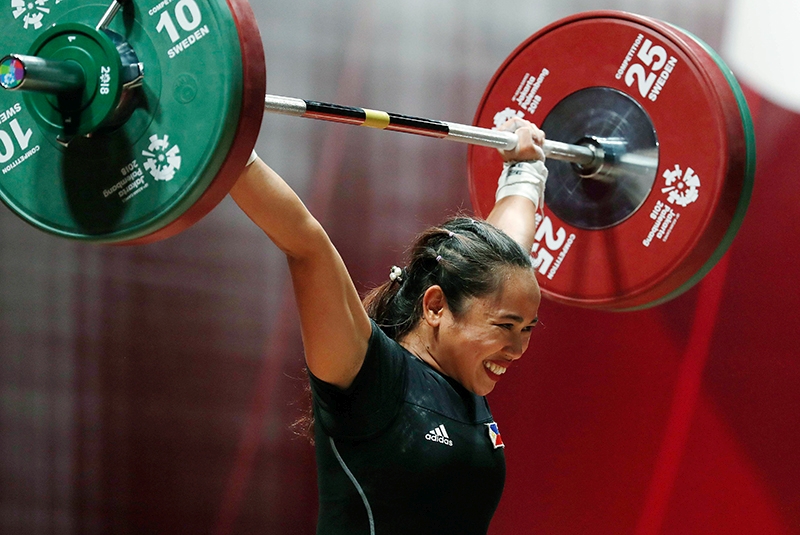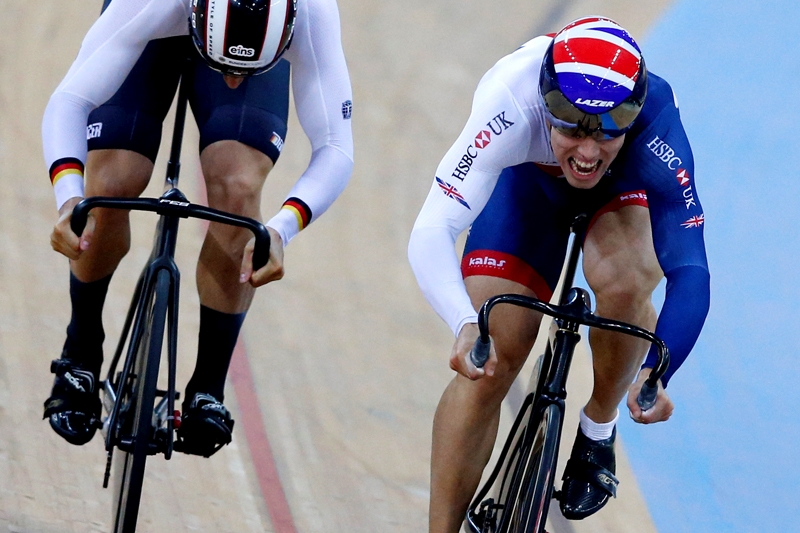You are viewing 1 of your 1 free articles. For unlimited access take a risk-free trial
Concurrent strength and endurance training: have your cake and eat it!

Endurance athletes such as runners, cyclists, swimmers, rowers need to be specific in their training – ie focus on developing endurance. However, when’s all said and done, an athlete who has good strength and endurance will always perform better than one who has good endurance but poor strength. There’s a problem though – namely that the types of training needed to build strength and endurance are quite different. To make matters worse, there’s evidence that endurance training performed within 24 hours of strength training reduces the benefits of that strength training by switching off the molecular signalling systems that stimulate muscle growth. Hardly surprising then that many endurance athletes concentrate on endurance training with minimal emphasis on strength. However, newthere's good evidence from research studies suggesting that by training strength and speed/endurance simultaneously, we might be able to have our cake and eat it.
Speed-endurance training in runners
In one study, scientists investigated whether a combination of speed-endurance training (consisting of repeated 30-second sprints) and heavy resistance training (working to fatigue using loadings equivalent to 80-90% of 1 repetition maximum) performed in quick succession could lead to performance improvements in moderately trained endurance runners(1). The study took place over eight weeks, during which 23 runners were split into two groups: an intervention group and a control group. During this period, the control group maintained their existing (endurance) running training. The intervention group meanwhile undertook a high-intensity concurrent training programme, consisting of two weekly sessions of speed-endurance training followed by heavy resistance training. The intervention group also performed two weekly sessions of endurance training – despite this however, the intervention group reduced their running volume by around 42% compared to the control group.What they found
Unsurprisingly, the performance of the control group remained unchanged throughout the 8-week study period – they had after all simply continued with their existing training programme. The runners performing the high-intensity concurrent training on the other hand experienced significant performance gains. After four weeks, their 10km running times improved from an average 44mins 11secs to 42mins 30secs. They also performed significantly better in the ‘Yo-Yo’ intermittent recovery test (a test of aerobic and anaerobic performance). Another area of improvement in the high-intensity concurrently trained runners was their running economy – a measure of how efficiently a runner can convert chemical energy in the muscles into forward running motion. Compared to the control group, runners in the intervention group improved their economy by around 3% - a significant gain. Dynamic muscle strength in the high-intensity concurrently trained runners was also improved.Implications for endurance athletes
Because this study used a combination of high-intensity intervals and resistance training in the invention group, it’s hard to say how much of the improvement was due to the resistance training and how much to the intervals. However, previous research shows that both of these types of training can improve endurance. For example, a study on cyclists showed that combining resistance and endurance training resulted in an 8% improvement in 45-minute time-trial times compared to simply continuing with endurance training(2). Meanwhile, a British study into triathlon training found that by substituting some of the steady-state endurance training with three bouts per week of high-intensity intervals (consisting of 10 x 6-second flat-out bursts) resulted in a 10% faster 10km cycling time trial performance(3).Overall then, we can confidently say that there is solid evidence that including some resistance training and/or high-intensity intervals with your endurance training will give you bigger performance gains than simply ploughing on with endurance-only training. Importantly however, you should not simply add in intervals or resistance work to your existing training, as this could leave you overtrained, Instead, the evidence suggests that dropping one or two endurance sessions a week, replacing them with 1 session of intervals and 1 of resistance training is likely to give good results, even though your overall endurance training volume will be reduced!
References
- J Appl Physiol (1985). 2014 Nov 15;117(10):1097-109
- Scand J Med Sci Sports. 2011 Dec;21(6):e298-307
- Applied Physiology, Nutrition, and Metabolism, 2012, 37(5): 976-981
Newsletter Sign Up
Testimonials
Dr. Alexandra Fandetti-Robin, Back & Body Chiropractic
Elspeth Cowell MSCh DpodM SRCh HCPC reg
William Hunter, Nuffield Health
Newsletter Sign Up
Coaches Testimonials
Dr. Alexandra Fandetti-Robin, Back & Body Chiropractic
Elspeth Cowell MSCh DpodM SRCh HCPC reg
William Hunter, Nuffield Health
Keep up with latest sports science research and apply it to maximize performance
Today you have the chance to join a group of athletes, and sports coaches/trainers who all have something special in common...
They use the latest research to improve performance for themselves and their clients - both athletes and sports teams - with help from global specialists in the fields of sports science, sports medicine and sports psychology.
They do this by reading Sports Performance Bulletin, an easy-to-digest but serious-minded journal dedicated to high performance sports. SPB offers a wealth of information and insight into the latest research, in an easily-accessible and understood format, along with a wealth of practical recommendations.
*includes 3 coaching manuals
Get Inspired
All the latest techniques and approaches
Sports Performance Bulletin helps dedicated endurance athletes improve their performance. Sense-checking the latest sports science research, and sourcing evidence and case studies to support findings, Sports Performance Bulletin turns proven insights into easily digestible practical advice. Supporting athletes, coaches and professionals who wish to ensure their guidance and programmes are kept right up to date and based on credible science.













